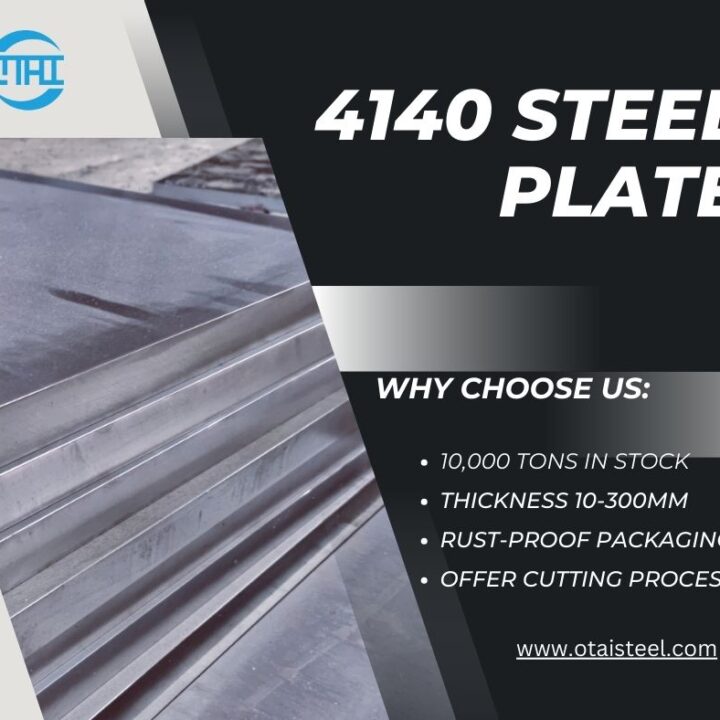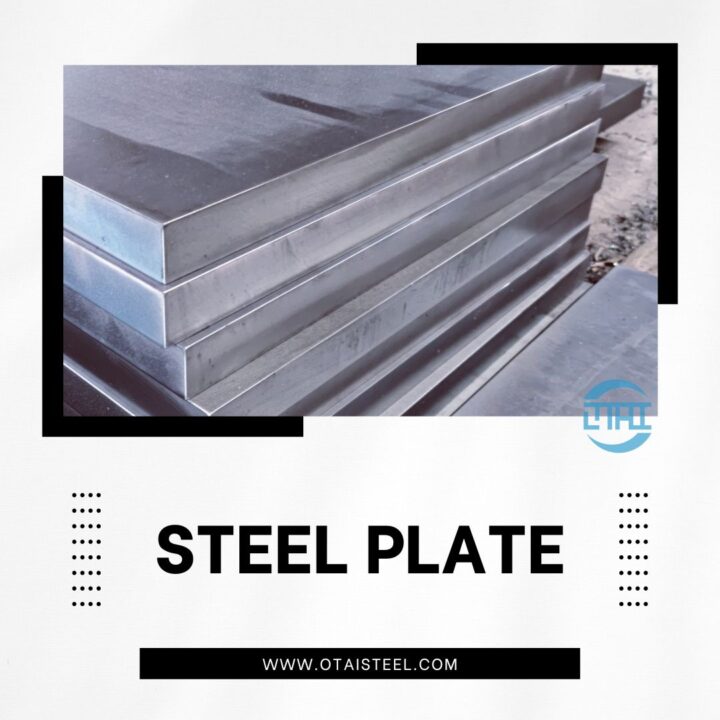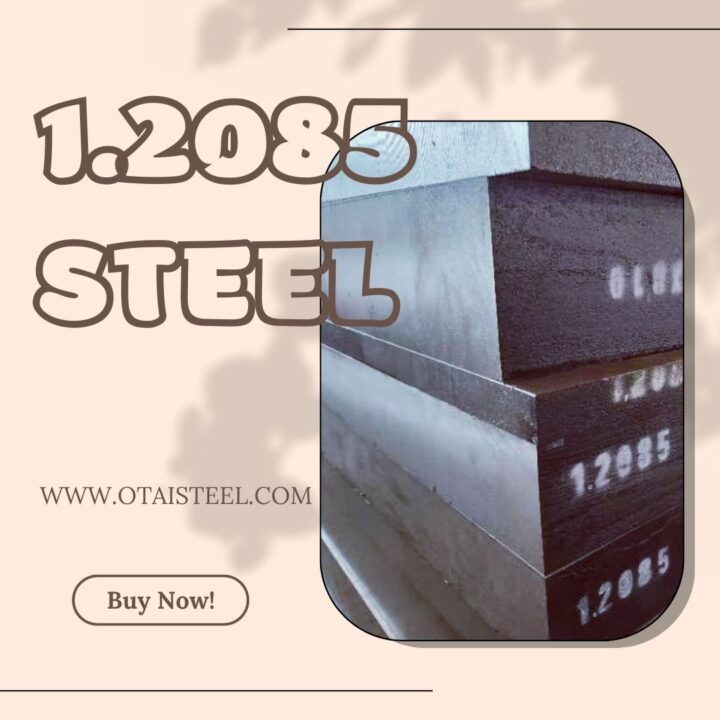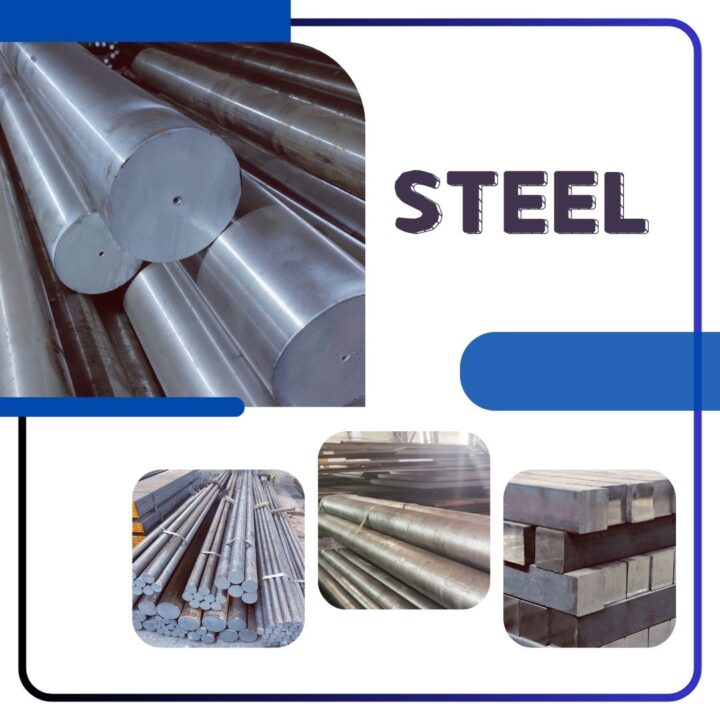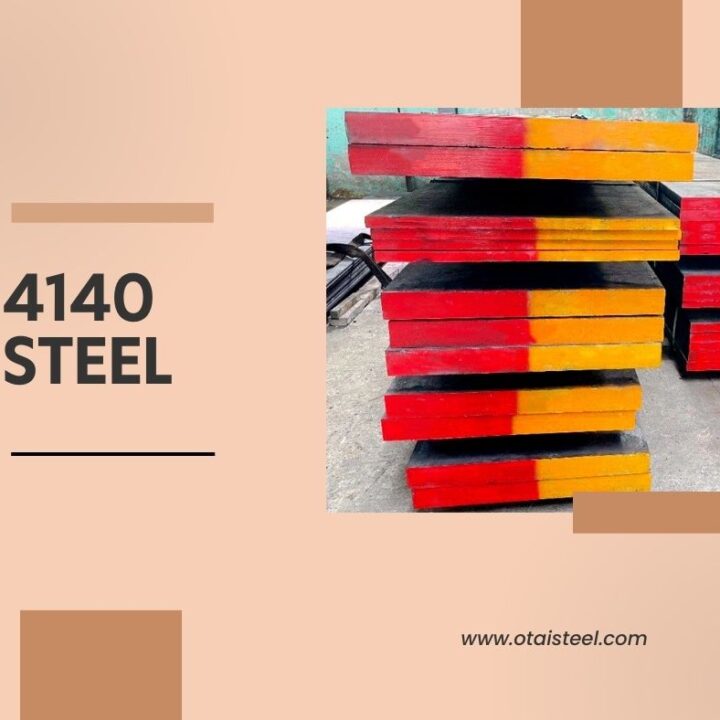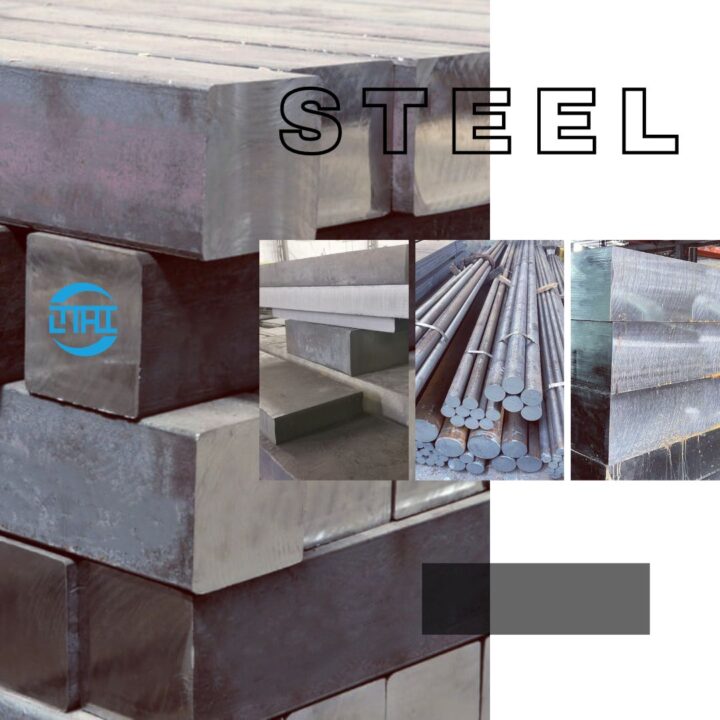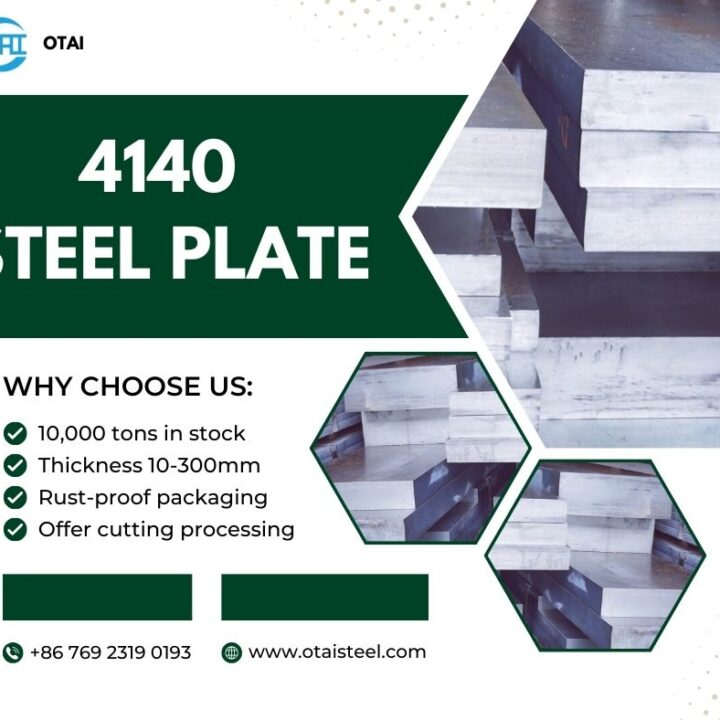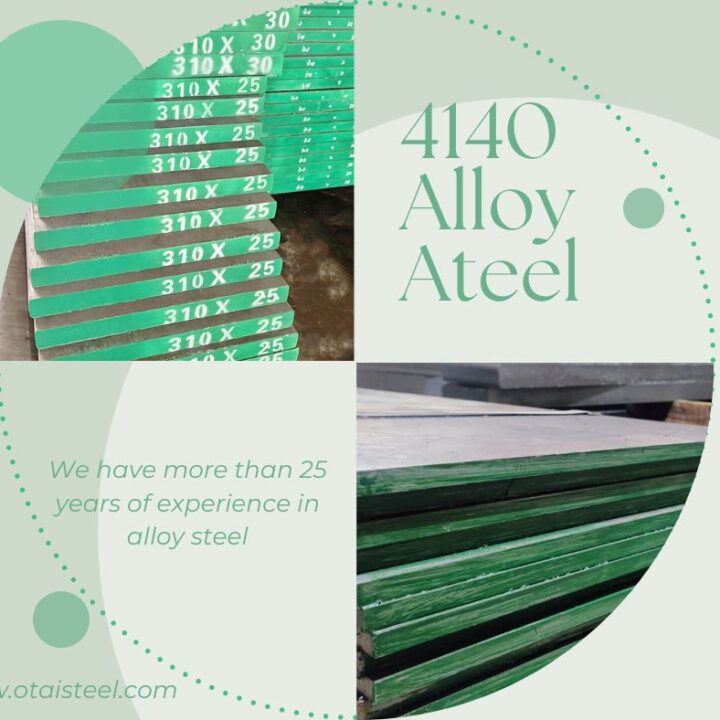To comprehend the thermal conductivity of 4140 steel, it’s essential to know its composition. This alloy primarily consists of iron, chromium, and molybdenum. These elements contribute to its remarkable strength and durability, making 4140 steel a popular choice in industries requiring robust materials.
Understanding Thermal Conductivity
The Basics of Thermal Conductivity
Thermal conductivity refers to a material’s ability to conduct heat. It is a fundamental property that determines how efficiently heat can be transferred through a substance.
Factors Influencing Thermal Conductivity
While the composition of a material plays a significant role in its thermal conductivity, other factors come into play as well. Microstructure, temperature, and impurities can all impact how effectively heat is conducted through a given material.
Thermal Conductivity of 4140 Steel
The Role of Alloying Elements
The combination of iron, chromium, and molybdenum in 4140 steel contributes to its favorable thermal conductivity. These elements allow heat to move through the material efficiently, making it suitable for applications requiring heat transfer.
Applications and Implications
In engineering and manufacturing, the thermal conductivity of materials is a critical consideration. 4140 steel’s relatively high thermal conductivity makes it suitable for applications like heat exchangers, molds, and components in machinery where heat dissipation is essential.
Significance in Real-world Scenarios
Automotive Industry
In the automotive sector, thermal conductivity is crucial for components like engine blocks and exhaust systems. 4140 steel’s ability to withstand high temperatures and transfer heat efficiently contributes to the overall performance and longevity of these parts.
Tool and Die Manufacturing
In tool and die manufacturing, 4140 steel’s ability to maintain its mechanical properties while efficiently transferring heat makes it an ideal choice for such applications.
Understanding the thermal conductivity of 4140 steel provides us with valuable insights into its diverse applications across industries. Its composition and inherent properties make it a reliable choice for scenarios requiring effective heat transfer without compromising on strength and durability.
